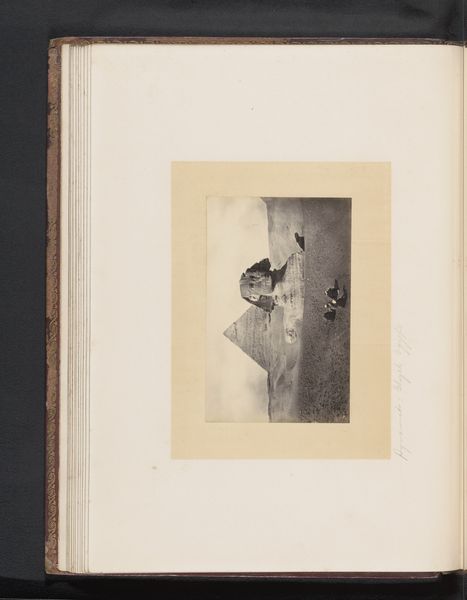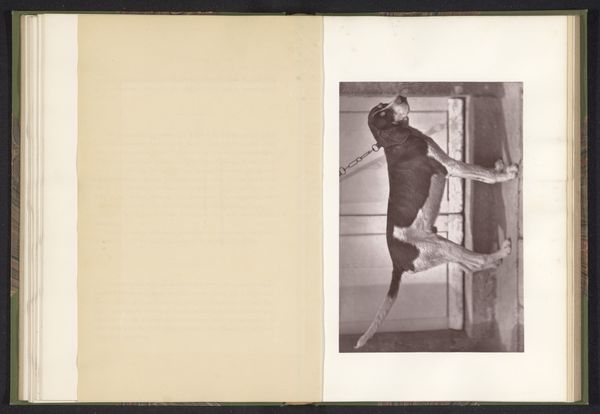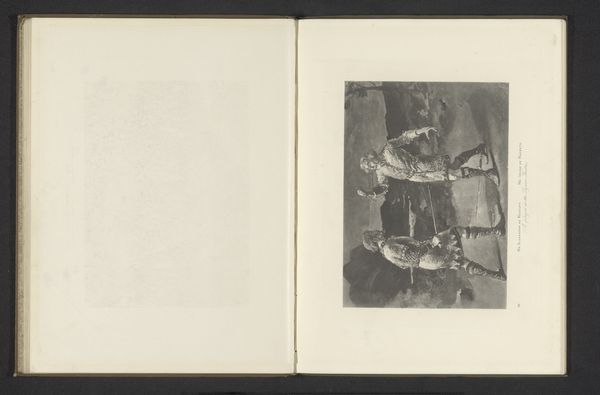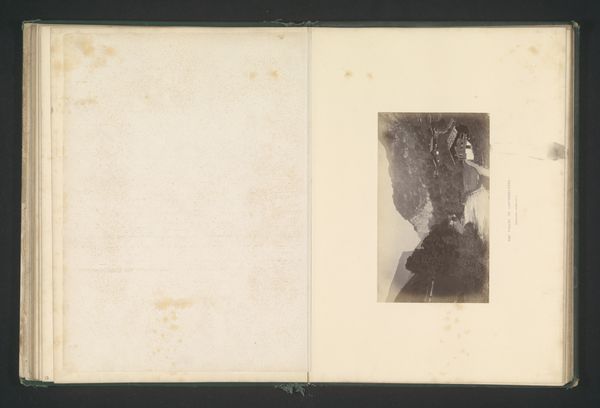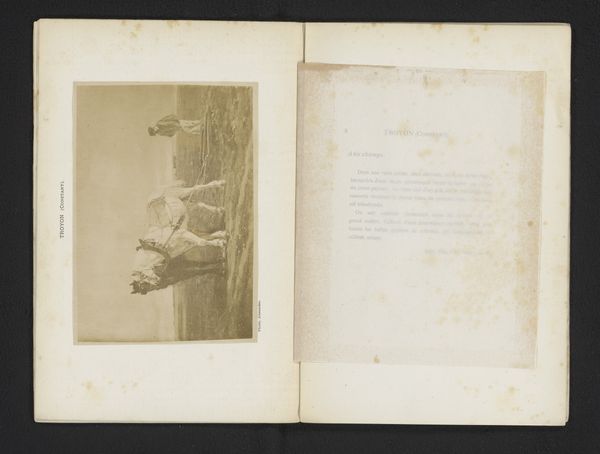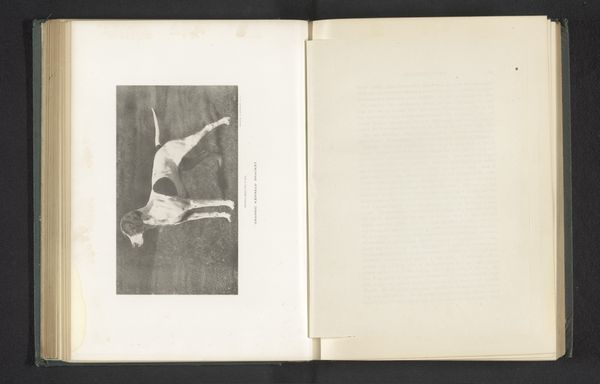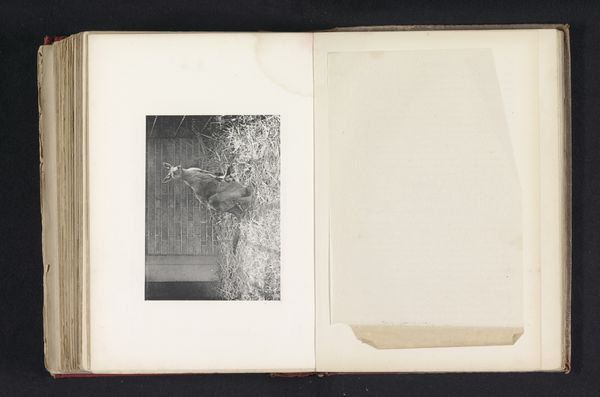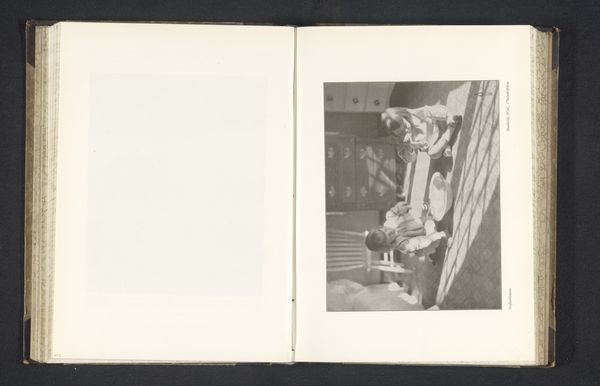
photography, gelatin-silver-print
#
portrait
#
animal
#
photography
#
gelatin-silver-print
Dimensions: height 133 mm, width 196 mm
Copyright: Rijks Museum: Open Domain
Léon Cremière captured this evocative image of a hunting dog, Cérès, using the photographic techniques available at the time. Photography in the 19th century was a labor-intensive process. Each print required careful preparation of glass plates with light-sensitive emulsions, a skill that demanded precision and technical expertise. Looking at the print, we see the way the image is influenced by the material. The sepia tones and soft focus are characteristics of early photographic processes, and the way the dog’s fur is rendered reveals the unique capacity of the medium to capture texture and detail. Cremière’s choice of photography, rather than painting or sculpture, speaks to the increasing availability and democratic potential of the medium. It allowed for the reproduction of images and the dissemination of visual information, making it a powerful tool for documenting subjects like this loyal hunting dog. Ultimately, understanding the materials and making of this photograph encourages us to think about the historical, social, and cultural context in which it was created, challenging traditional distinctions between fine art and craft.
Comments
No comments
Be the first to comment and join the conversation on the ultimate creative platform.



